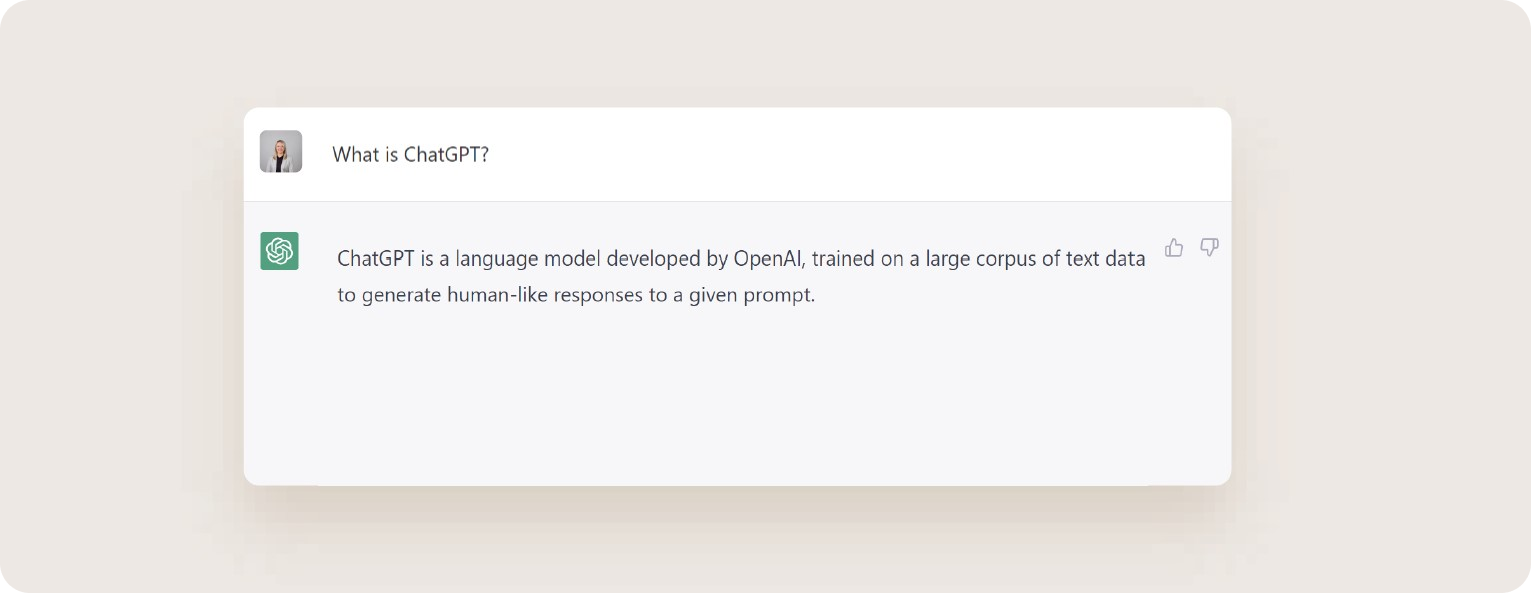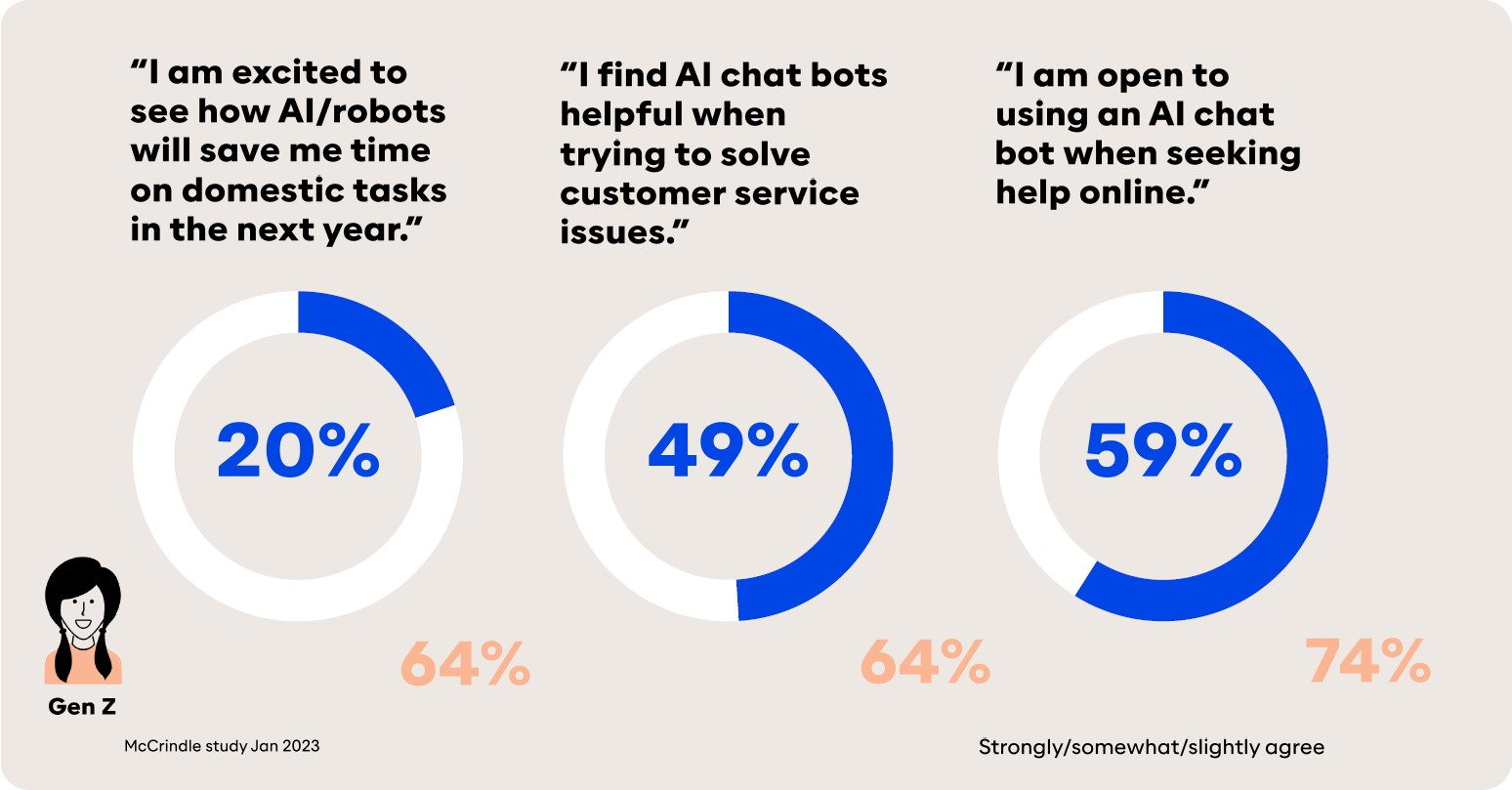By: Ashley Fell
For many years, the consumer relationship with Artificial Intelligence (AI) has been seen as something fairly rudimentary.
It has taken the form of spellcheck and the early days of Clippy in Excel. Despite this developmental period where it has been learning to walk, there has always been the expectation that it has the potential to cause widespread disruption in the future.
It seems that we are now entering that future.
Companies like OpenAi partnering with industry giants like Microsoft, through generative models like Chat GPT and Dalle, are now making it possible for anyone to interact with these tools. We can only expect to see the use of these grow in the coming months and years.
How we can expect Humans and AI to interact
As AI advances in capability, the question arises; how will humans live, work and interact with AI?
The integration of AI and humanity continues to progress. Deloitte suggests that more than half (53%) of organisations have already started to implement robotic process automation. This is only set to continue into the future, with McKinsey predicting that 65% of tasks can be automated by an AI-powered customer care ecosystem and Gartner forecasting that cost-savings will top $80 billion.

ChatGPT
One recent development in the AI space is the widespread adoption of ChatGPT, a language model developed by OpenAI that can generate human-like responses to prompts. This has raised questions about the potential impact on education, assessments, writing, and more. Some are even speculating whether ChatGPT could become the new search engine, replacing the likes of Google.
Shortly after ChatGPT was making headlines Microsoft announced a new integration between Bing and ChatGPT and are framing it as an AI copilot for the web. Not long after Google announced BARD as a competitor to Bing’s integration with ChatGPT.

AI is its best when humans are involved
Among some early adopters, AI elicits excitement and anticipation of the tasks it can do that allows people to save time. In a recent McCrindle survey, one in five (20%) respondents said they are “excited to see how AI and robots will save them time on domestic tasks in the next year.” Among Generation Z, this increased to 64%.

However, rapid advancement in technology also brings with it a healthy dose of skepticism, demonstrated by the 74% of respondents who agreed that they are nervous that AI will replace human jobs.
Increasingly, technology isn’t just a tool we use, but it is embedded into life and humanity. Although these technologies offer more personalised and efficient processes, it is important to remember that 92% of people said they still prefer to talk with a human than engaging with an AI chat bot. Additionally, valid concerns around privacy and the impact on jobs means it is important to consider both the benefits and challenges AI can present.
As AI becomes even more integrated into humanity in the years ahead, we must remember that AI is at its best when humans are in the loop, to ensure it is used to enhance human flourishing.
As the Metaverse continues to expand with advancements in technology such as 5G, AR, cloud computing, the internet of things, blockchain, and virtual reality, the integration of AI and humanity will play a critical role. Despite the excitement, it is important to approach this trend with a balanced perspective, recognising and preparing for the potential benefits as well as the challenges.
Article supplied with thanks to McCrindle.
About the Author: McCrindle are a team of researchers and communications specialists who discover insights, and tell the story of Australians – what we do, and who we are.
Feature image: Photo by Possessed Photography on Unsplash
